Cut flowers do not tolerate transportation well. To make it do them less harm, ask the florist to wrap the bouquet tightly in paper and try to get it home as soon as possible. If the journey takes more than 30 minutes, transport the flowers in containers with water or wrap the end of each branch in a damp paper towel.
After coming home, do not rush to immediately put the bouquet in the water. Let it get used to the new temperature and lie in the wrapper for 5-10 minutes. Only then remove the paper.
Now remove the leaves from the lower third of the plants so that they do not rot when in contact with water. Cut about 2 cm of stems at an angle of 45 degrees, so the flowers will absorb the liquid better and will stand longer. This should be done under a stream of water so that air bubbles do not clog the tubules through which nutrients flow.
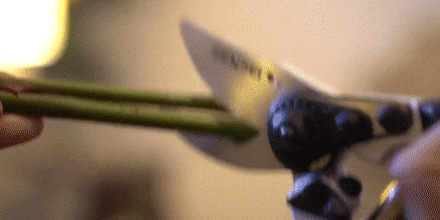
In order not to further injure the plants, use a pruner or a sharp knife without teeth. Scissors can crush the stem.
If the bouquet consists of several types of flowers, then for better preservation it is better to divide them into different vases. Some species do not like the neighborhood and wither faster.
After pruning, the flowers can be put in a vase. Before that, it needs to be washed well. Choose a wide enough container with a neck diameter about twice the girth of the bouquet.
It is important to choose the right place: away from direct sunlight, heaters, open flames and drafts. It is good if the room is cool and humid air.
If you put a bouquet in the kitchen, make sure that there are no fruits and vegetables nearby, especially bananas. They release ethylene, which can accelerate the wilting of flowers.
Proper preparation of flowers and fertilizing is not all. Daily care will also be required. Here are the rules to follow:
The tips above are relevant for almost any color, but you need to know the features of different types.
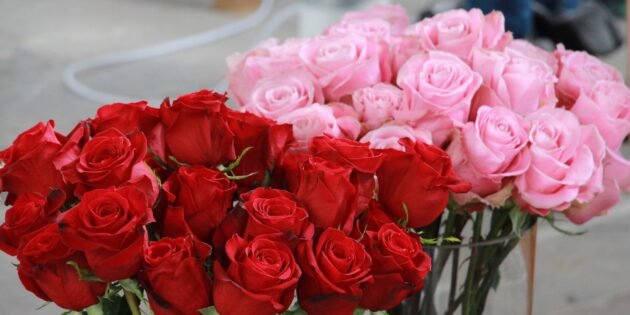
Roses feel best in the cool. Low, but not subzero temperatures are the key to the freshness of the bouquet. You should also carefully monitor the purity of the water, rinse the vase regularly and do not forget about fertilizing.
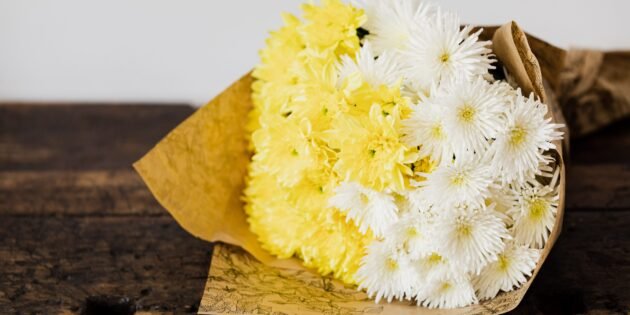

Tulips do not have such hard stems as roses or chrysanthemums, so for stability they need to be cut not at an angle, but straight. You don't need to pour a lot of water into the vase, 5-7 cm is enough. In this case, the liquid should be cool.
Additionally, you can pierce through the stems with a needle 2-3 cm from the inflorescence. So the flowers will get more oxygen.
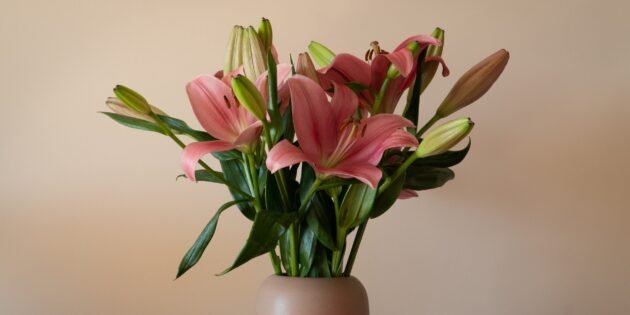
Lilies are often sold with closed buds. If you want them to open up as soon as possible, put the bouquet in a warm place. Blooming flowers, on the contrary, are better kept cool, away from direct sunlight.
Stamens with pollen from inflorescences should be carefully pulled out with your hands. This way the lily petals will stay fresh and elastic longer.
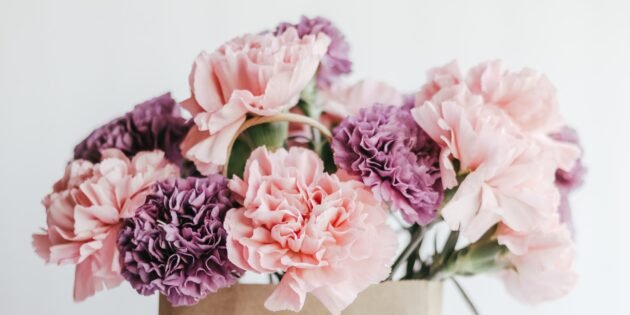
Carnations are quite unpretentious and can stand in a vase for two weeks or more. The main thing is that they have moist air and clean water. It is better to trim the flowers by retreating about 1.5 cm from the thickening on the stem. The cut should be well rinsed from mucus when changing water.
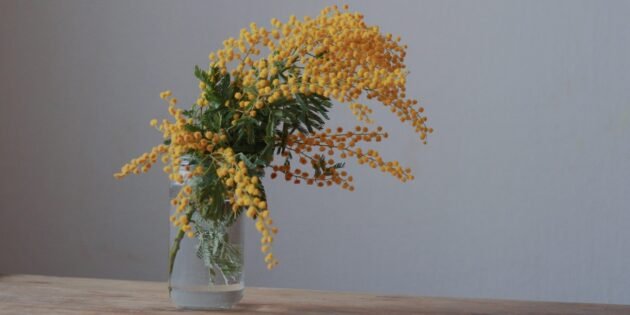
Hard mimosa branches dry up quickly, so it is important to prune them regularly. To make the water flow better, the cut place can be slightly flattened by pressing a hard object. To keep the yellow balls fluffy, moisten the air and spray the mimosa well with a spray gun.
If the flowers have dried out and lost their appearance, try holding them for a few seconds over steam.